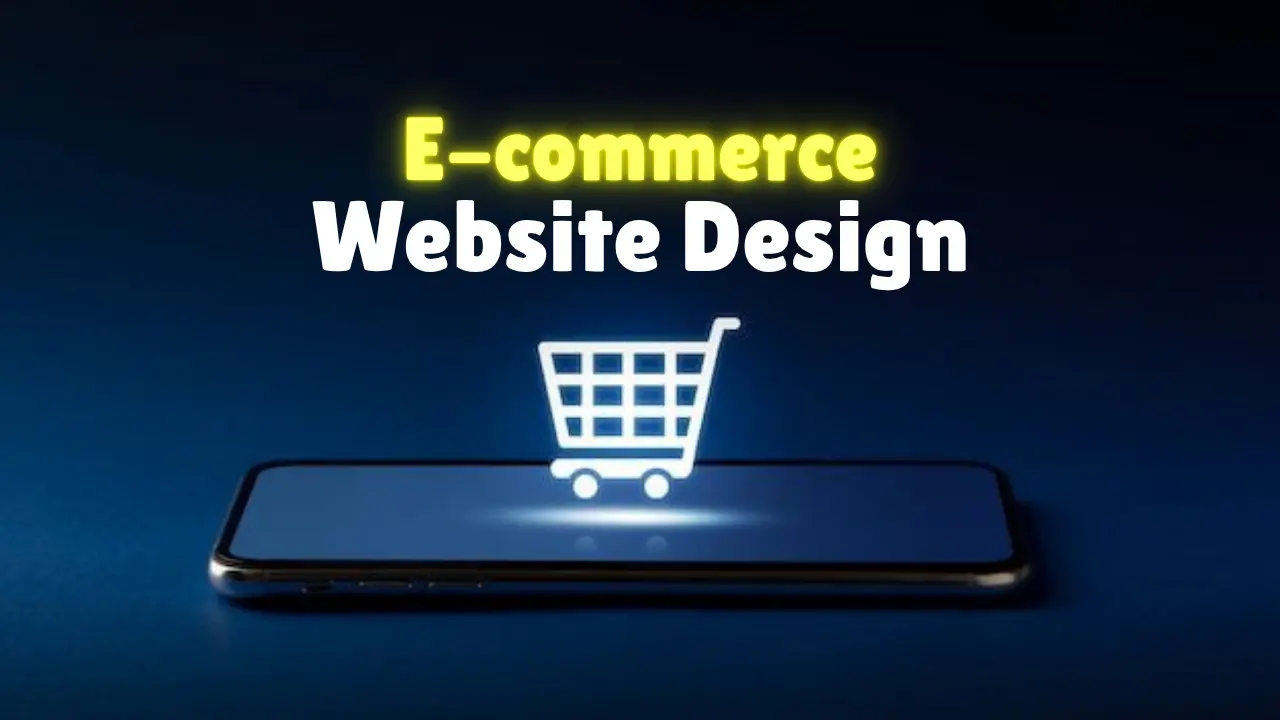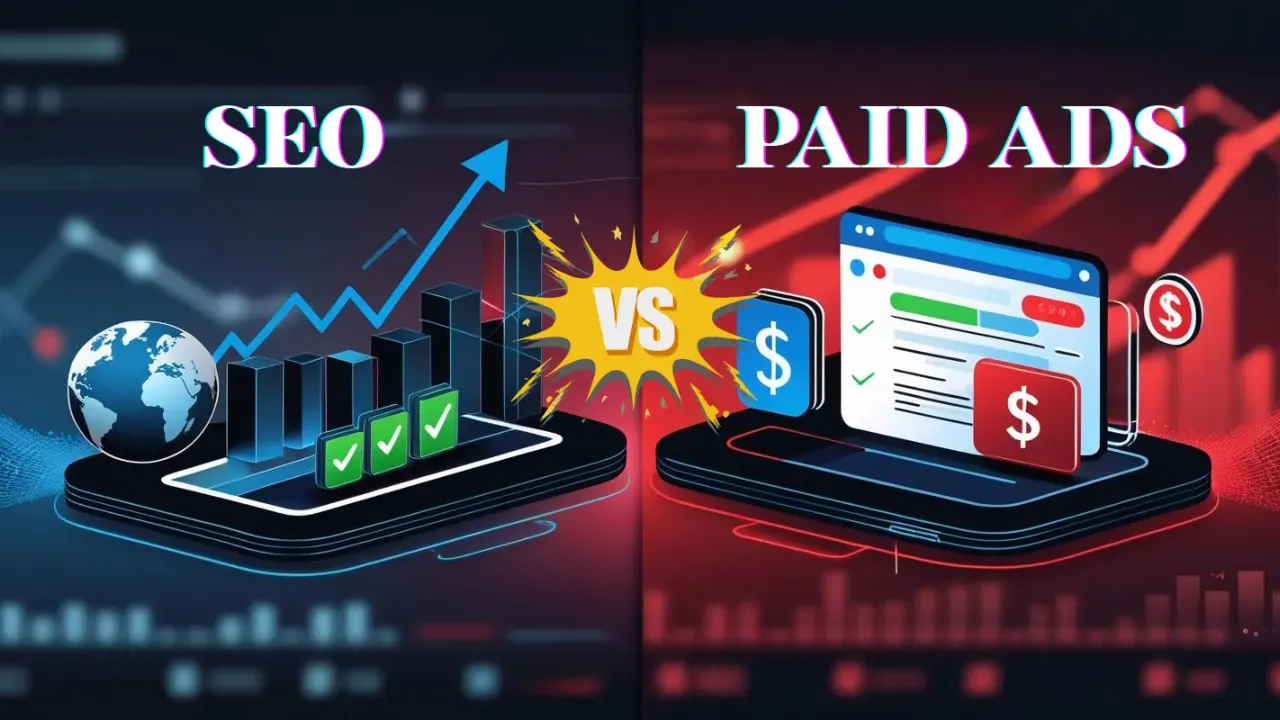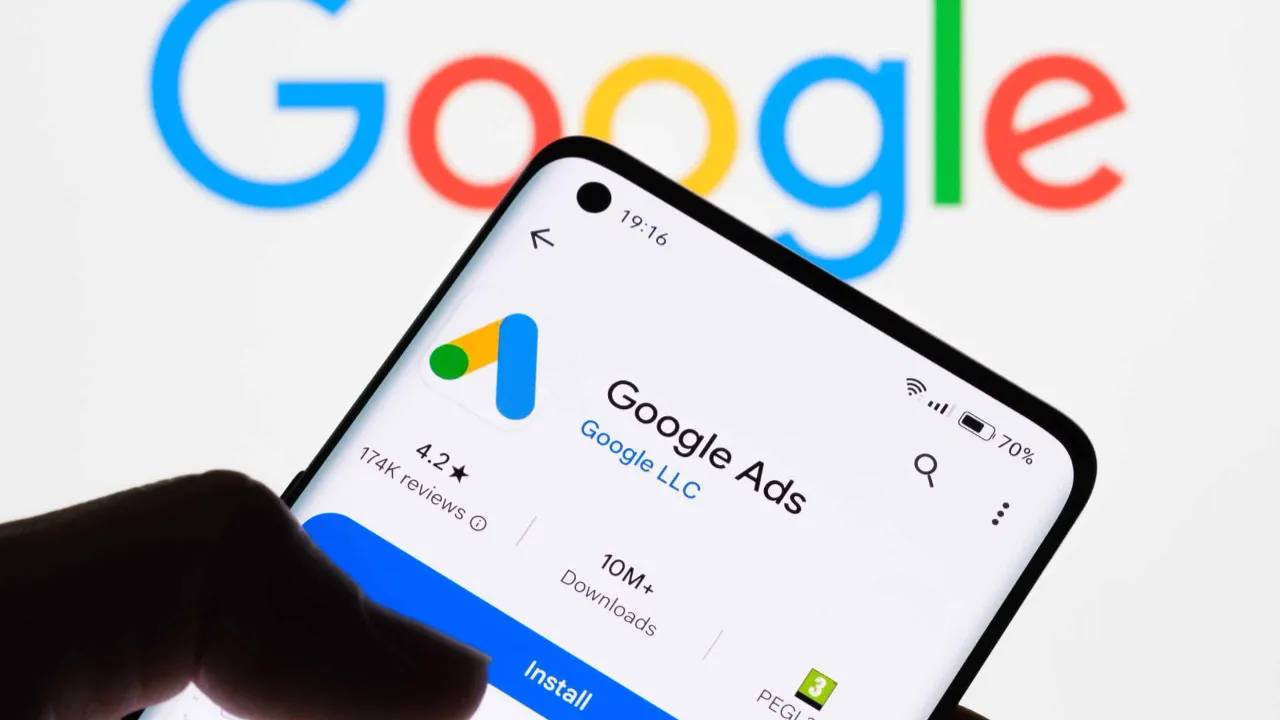Master the Process Of Closing Deals- From Leads to Sales: A Proven Closing Process
Turn Prospects into Profits: A Winning Sales Strategy
Getting new leads isn't the only way to succeed in sales; you also need to convert the prospects you already have.
The majority of salespeople make the mistake of undervaluing their current leads while persistently seeking out new customers.
With a clear, consistent strategy, you may maximize your efforts and get better results than you would have imagined.
Here is a step-by-step guide to creating a rock-solid sales process you can rely on:
Lead Generation
Making sure your funnel is full of quality prospects is the first step to closing business. Opportunities to close don't exist without leads, so it's important to concentrate on the correct leads.
Prioritize tactics that attract prospects that are truly interested in what you have to offer rather than focusing on quantity. You can employ the following tactics to create a strong lead generation pipeline:
- Content Creation: Post content on social media, blogs, or videos that establish you as an authority in your industry. In addition to increasing traffic, excellent content establishes your authority.
For example, writing articles that solve common pain points for your target audience can attract potential clients searching for solutions.
- Cold Outreach: Don't be scared to contact the prospects you've discovered via phone or email. When done carefully, cold calling and emailing can help you engage with potential customers who may not have previously thought about using your services.
- Networking Events: Go to events that your ideal customers are probably attending. Trade exhibitions, conferences, and industry gatherings provide great chances to meet potential customers in person and establish a connection right away.
- Sponsored Ads: Use Google and social media to show the appropriate demographic your tailored advertisements. Digital advertisements have the advantage of enabling exact targeting, which guarantees that your message reaches potential customers who are already looking for similar solutions.
Remember, a full funnel of hot prospects sets the stage for a productive sales process.
The stronger your lead generation efforts, the more confidence you’ll have as you progress through the remaining stages.
Discovery

After grabbing a lead's interest, concentrate on learning about their particular requirements.
Because it enables you to ascertain whether a prospect is a suitable fit for your solution, discovery is the most important stage of the sales process.
This phase should be approached as a consultation; the goal is to identify their issues and their underlying causes.
Here are the key aspects of an effective discovery phase:
- Identify the Problem: To find out the precise difficulties your prospect is having, pose insightful inquiries. For instance, are they having trouble with missed chances, inefficiencies, or decreased revenue?
- Trace the Cause: Investigate more to find the source of their issue. Being able to explain the "why" behind their problems helps you become more than simply a salesman; it makes you a strategic partner.
- Assess the Impact: Assist the prospect in expressing how the issue is impacting their objectives or business. Are they experiencing operational bottlenecks, losing clients, or lagging behind rivals?
- Evaluate the Cost of Inaction: Describe the repercussions of doing nothing. What would happen if they decided to overlook the issue? Drawing attention to this might instill a sense of urgency and change their perspective on the problem.
Active listening is crucial here. Show empathy, ask open-ended questions, and let them feel heard. Prospects are more likely to trust and engage with you when they feel understood.
This step also lays the groundwork for tailoring your solution to their exact needs.
Presentation

With a clear understanding of the problem, it’s time to present your solution as the perfect remedy. You make the connection between their problems and your solution at the presentation stage.
But it's not just about showing off features; it's also about proving value and illustrating what success looks like.
Here’s how to structure a compelling presentation:
- Recap the Problem: Begin by summarizing their pain points in their own words. This shows that you were listening and understand their situation.
- Highlight the Impact: Use specific examples or anecdotes to illustrate how their challenges are holding them back. For instance, you might say, “As you mentioned, these inefficiencies are causing missed deadlines, which directly impacts your revenue.”
- Introduce Your Solution: Clearly explain how your product or service addresses their needs. Avoid jargon and focus on simplicity.
- Paint the Future: Describe what their business will look like with your solution in place. Help them visualize success, whether that’s increased revenue, happier customers, or more streamlined operations.
- Provide Proof: Share relevant case studies, testimonials, or data to reinforce your credibility. For example, “A similar client of ours reduced their costs by 30% within six months of implementing our solution.”
- Discuss ROI: Make the financial case by showcasing the value and return on investment. Frame your solution as an investment rather than an expense.
This step is your opportunity to position yourself as the only logical choice. Remember, your goal is to leave them feeling confident that your solution is exactly what they need.
Closing

Handling objections and closing the sale is the last stage in putting their desire into action.
Salespeople are frequently intimidated by this step, but with the correct attitude, it may feel effortless and natural. Be ready to handle typical obstacles such as:
- Budget Concerns: Break down the cost-benefit analysis to show value. Explain how your solution saves money, generates revenue, or solves costly problems.
- Decision-Making Delays: Clarify who the decision-makers are and help them reach alignment. For example, you might say, “Would it be helpful if we brought [stakeholder’s name] into this conversation?”
- Doubts About Your Solution: Use success stories or testimonials to reassure them. If they have concerns, address them head-on with confidence.
Beyond closing, nurturing your leads keeps the relationship alive and boosts future opportunities. Here’s how you can stay engaged:
- Killer Content: Continue to share helpful resources, such as blogs, whitepapers, or webinars.
- Targeted Ads: Retarget prospects who are already familiar with your brand. Seeing your ads repeatedly reinforces your presence.
- Personalized Emails: Send updates, offers, or check-ins tailored to their needs. Personal touches go a long way in maintaining rapport.
- Newsletters: Provide consistent value through a monthly or bi-weekly newsletter featuring industry tips, success stories, or product updates.
- Lead Magnets: Offer incentives like free trials, consultations, or downloadable resources that address specific pain points.
A strong follow-up strategy not only converts leads but also builds long-term trust. Remember, closing the deal is just the beginning of the relationship.
Final Thoughts
You don’t need more leads—you need a process to convert them.
Gaining proficiency in lead generation, discovery, presentation, and closing will improve your performance over time.
Sales is a process, and you can surpass your goals if you use the proper strategy.
So, the ball is in your court, make it your own, and start closing deals like a pro!



